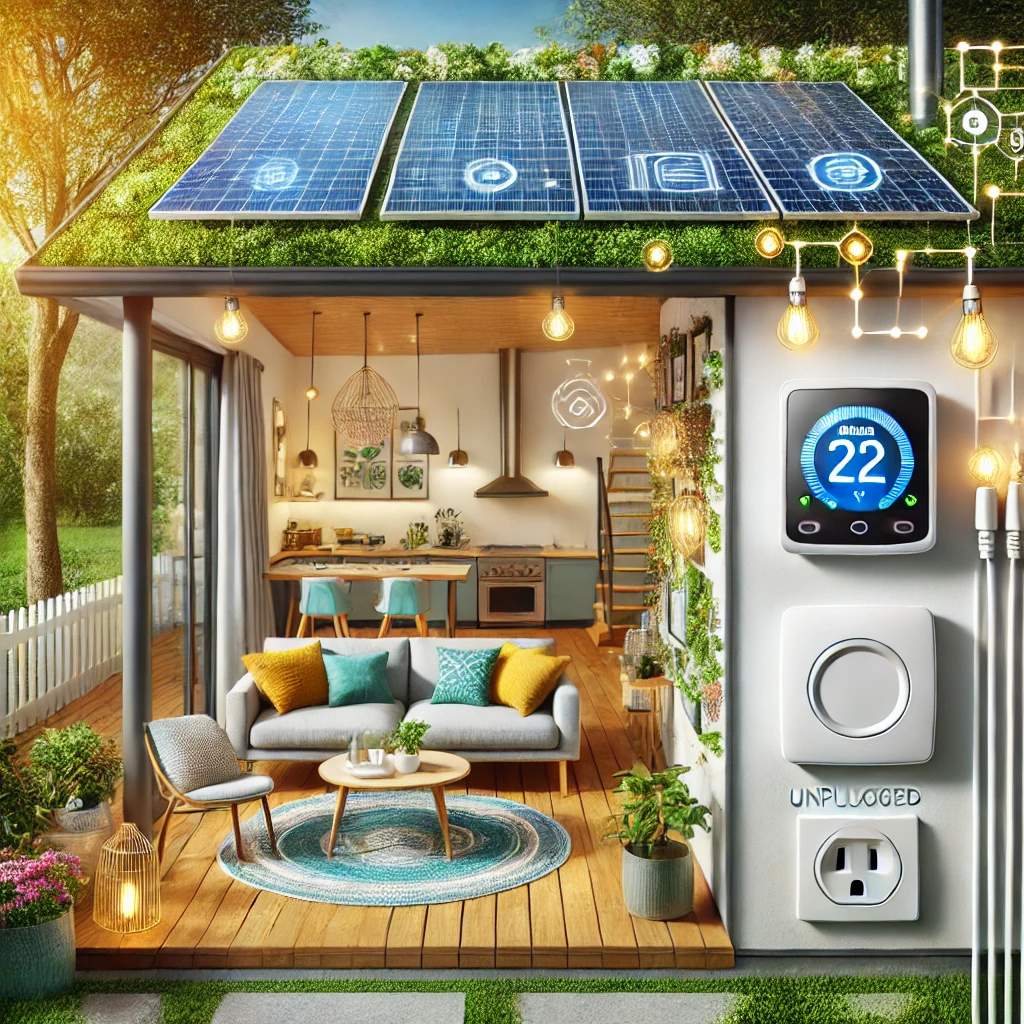Have you ever looked at your energy bill and wondered, “Where is all this energy going?” You’re not alone. Energy waste silently drains your wallet and contributes to environmental harm. The good news? With simple energy-saving tips and the power of smart energy data, you can take control of your energy usage, reduce waste, and make a positive impact.
In this guide, we’ll explore 10 actionable strategies to lower your energy bills, save money, and live more sustainably. Let’s dive in!
What is Energy Waste, and Why Should You Care?
Energy waste occurs when energy is used inefficiently or unnecessarily—such as leaving lights on in empty rooms, using outdated appliances, or running your HVAC system without proper maintenance. Beyond higher bills, wasted energy contributes to greenhouse gas emissions, fueling climate change.
But here’s the upside: reducing energy waste benefits both the environment and your budget. By making small changes, you could save hundreds of dollars annually while doing your part to protect the planet.
10 Practical Energy Tips to Reduce Waste
1. Upgrade to Energy-Efficient Appliances
Older appliances like refrigerators, washing machines, and air conditioners consume significantly more energy. ENERGY STAR-certified products use up to 50% less energy than standard models. While the upfront cost may be higher, rebates and tax credits can help offset expenses, and the long-term savings are well worth it.
- Example: Upgrading a 15-year-old refrigerator could save you up to $150 annually in energy costs.
2. Unplug Devices When Not in Use
Phantom load, or the power drawn by devices like chargers and TVs even when turned off, can account for up to 10% of your energy bill. Use power strips to easily disconnect multiple devices at once or invest in smart plugs to automate this process.
3. Optimize Your Thermostat Settings
Heating and cooling account for nearly half of a home’s energy use. Set your thermostat to 68°F (20°C) in winter and 78°F (25°C) in summer. Consider upgrading to a smart thermostat, which learns your habits and adjusts temperatures automatically, helping you save even more.
- Pro Tip: For every degree you lower your thermostat in winter, you can save about 3% on your heating bill.
4. Switch to LED Lighting
LED bulbs use up to 75% less energy than incandescent bulbs and last 25 times longer. Switching to LEDs in your home is one of the simplest and most cost-effective energy upgrades.
- Added Bonus: Consider motion-sensor or dimmable LED options for further savings.
5. Seal Leaks and Insulate Your Home
Drafts around windows, doors, and attics allow heated or cooled air to escape, making your HVAC system work harder. Use weatherstripping, caulk, or insulation to seal gaps.
- Did You Know? Proper insulation can reduce heating and cooling costs by 15–20%.
6. Embrace Solar Power or Renewable Energy
Consider installing solar panels or enrolling in a community solar program. While the initial investment is higher, government incentives and lower utility bills make it a worthwhile long-term solution.
7. Use Energy During Off-Peak Hours
Utility companies often charge less for electricity during off-peak hours. Run energy-intensive appliances like washing machines and dishwashers at night to take advantage of these lower rates.
8. Maintain Your HVAC System
Routine maintenance of your heating and cooling systems ensures they operate efficiently. Replace air filters every 1–3 months and schedule annual professional tune-ups.
9. Take Advantage of Smart Home Technology
Smart home devices, like energy monitors and smart plugs, allow you to track and control energy usage in real time. For instance, some smart systems can turn off lights automatically when no one is home.
10. Wash Clothes in Cold Water
Using cold water for laundry can save a significant amount of energy while still effectively cleaning clothes. About 90% of the energy used by washing machines goes toward heating water.
How Smart Energy Data Can Help You Save Even More
Smart energy tools can transform how you manage energy in your home. Here’s how:
1. Track Your Energy Consumption
Smart meters provide detailed insights into your energy usage, helping you identify high-usage times or appliances.
- Example: You may discover your water heater is consuming more energy than expected, prompting upgrades or better scheduling.
2. Identify Energy-Draining Habits
Smart apps help pinpoint behaviors that drive up your energy bills. For example, you might find that running the dishwasher during peak hours costs 20% more.
3. Automate Savings
Smart home systems can automatically adjust your thermostat, turn off lights, or schedule appliance usage for off-peak hours.
Common Challenges and Solutions
1. “I Don’t Know Where to Start.”
Focus on one area, like lighting or heating. Use a smart energy monitor to pinpoint the biggest savings opportunities.
2. “Upgrading Appliances is Expensive.”
Look for government rebates or financing options to make energy-efficient upgrades more affordable. The long-term savings often outweigh the upfront costs.
3. “I Don’t Have Time to Monitor My Energy Use.”
Leverage smart devices that handle this for you. A smart thermostat, for instance, can automate temperature adjustments based on your schedule.
Conclusion
Reducing energy waste doesn’t have to be overwhelming. Start with small, practical changes—like switching to LED lighting, sealing air leaks, and unplugging unused devices. Combine these efforts with smart energy data to maximize your savings and make a meaningful impact on the environment.

